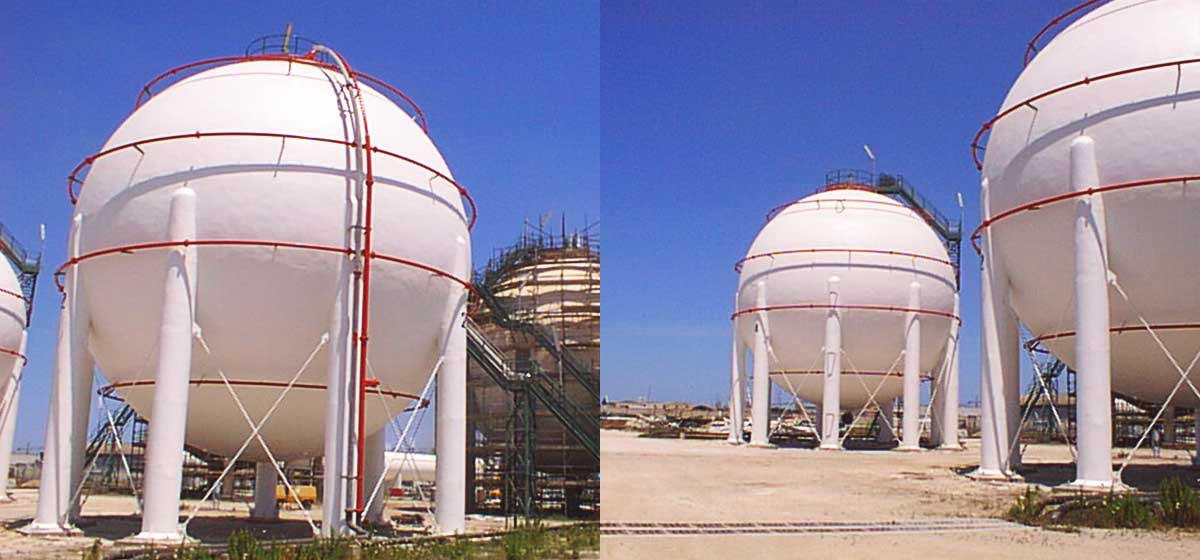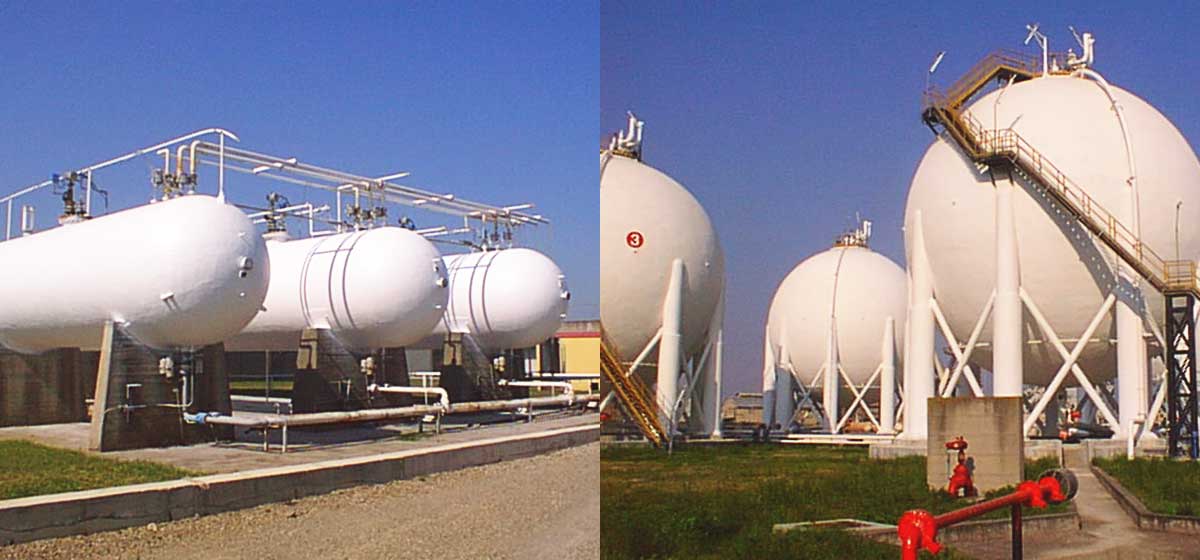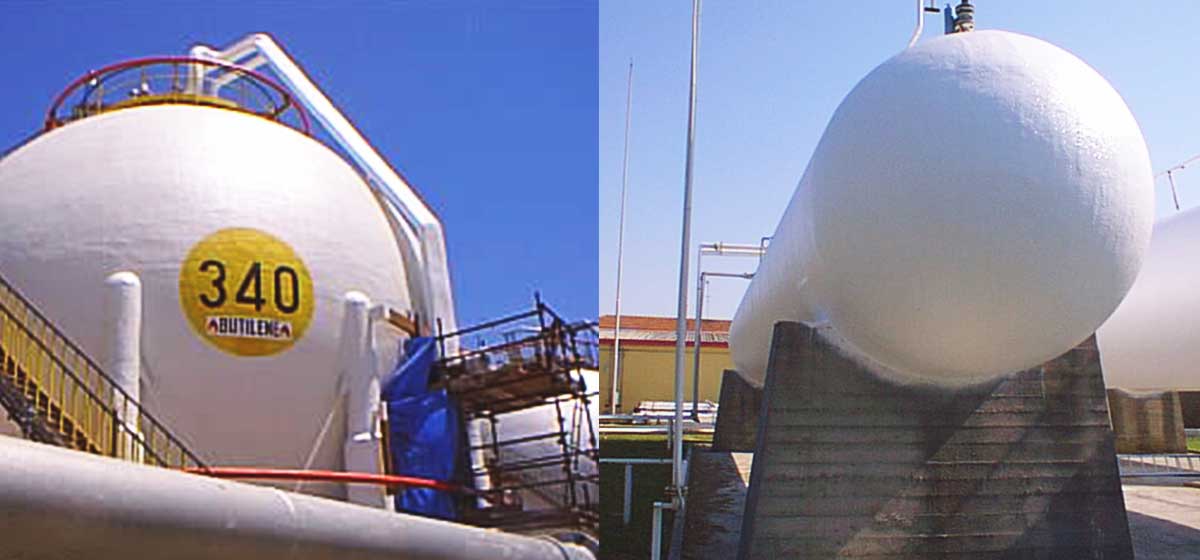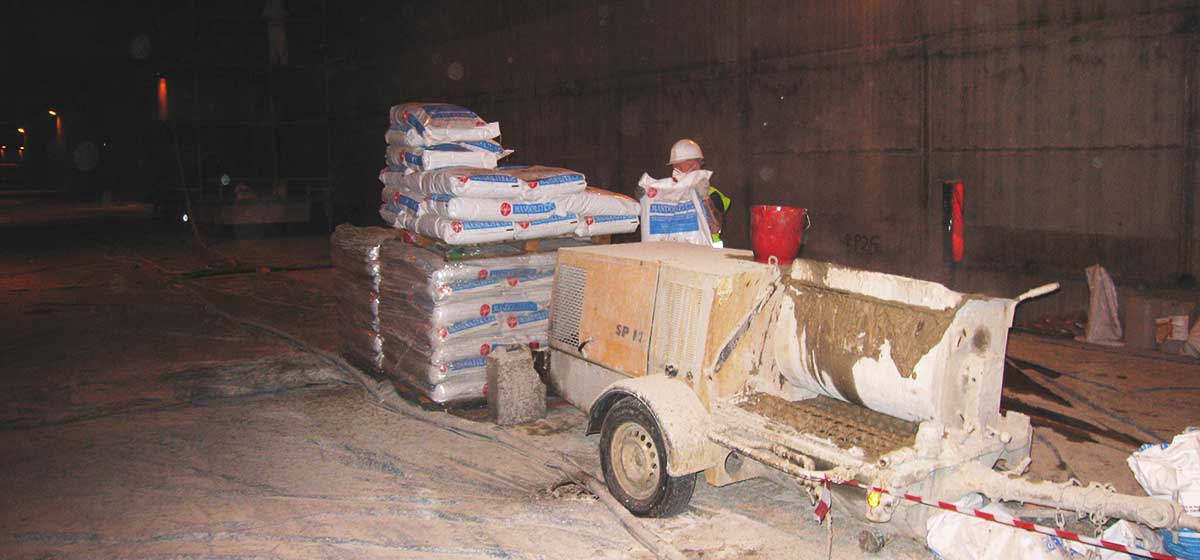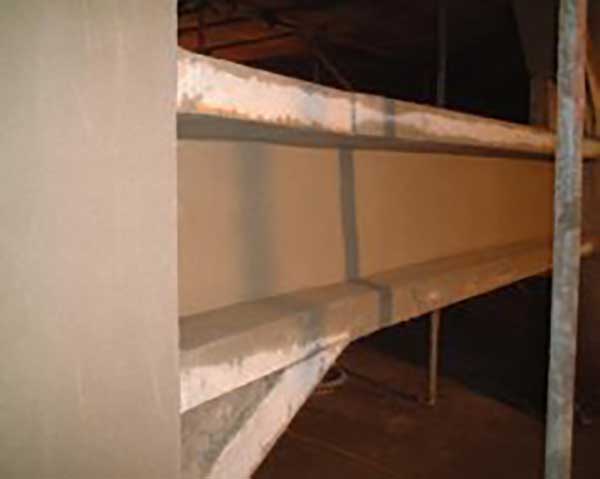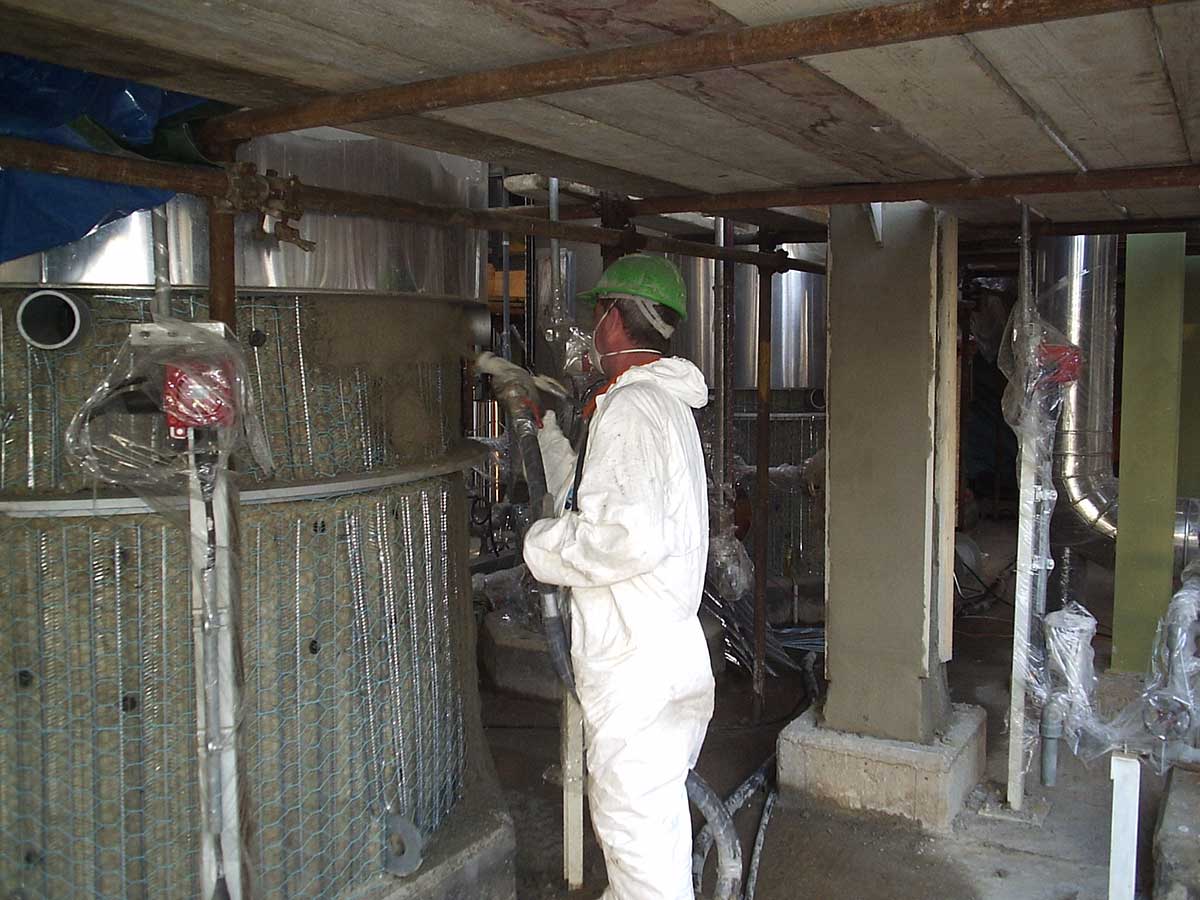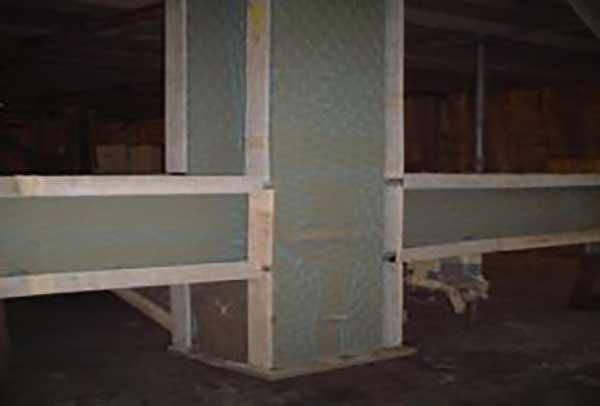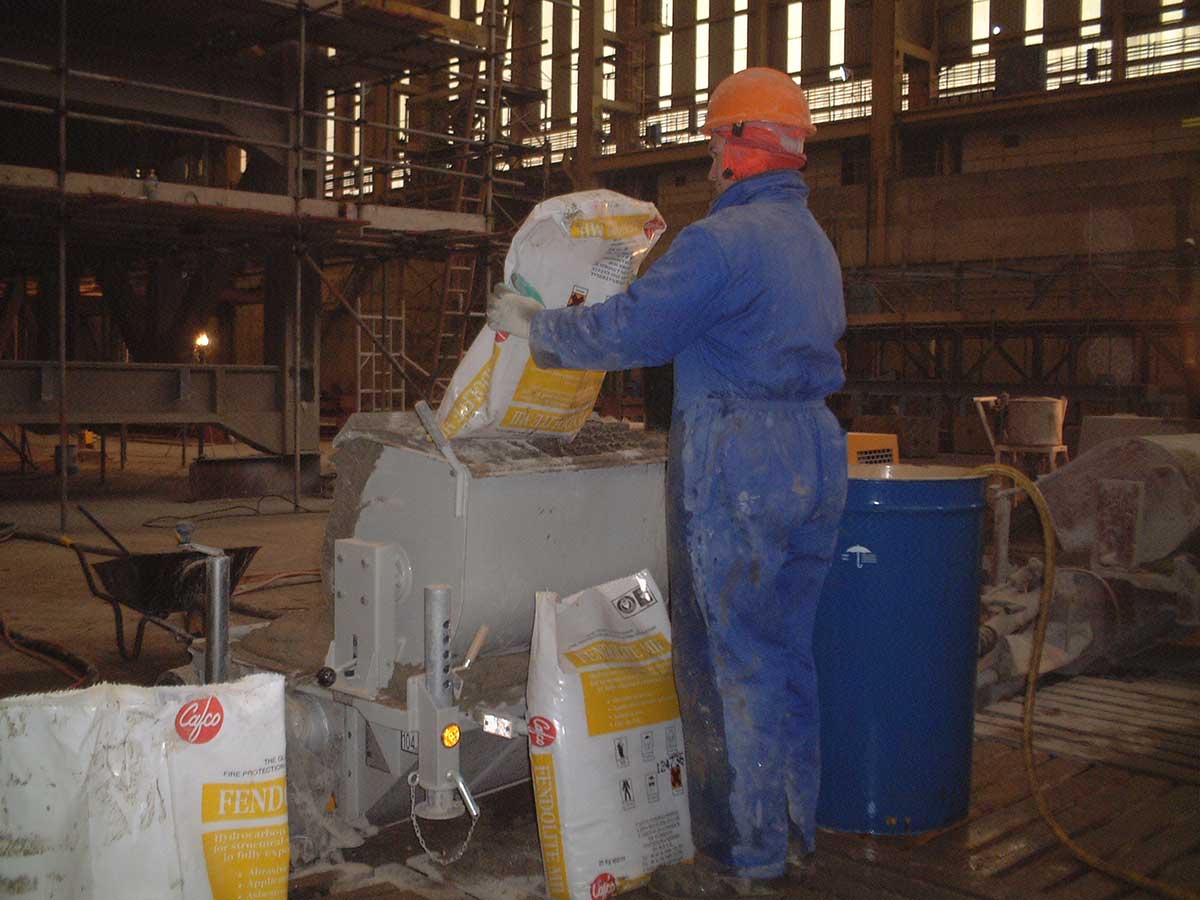CEMENTITIOUS COATINGS ARE GENERALLY BASED ON PORTLAND CEMENT PLUS LIGHTWEIGHT AGGREGATES.
Cementitious coatings are generally based on Portland cement plus lightweight aggregates.
The cementitious coatings should always be of the products tested and certified and must be CE marked.Cementitious materials protect the steel in two ways:
-Releasing the moisture contained therein that during the fire, achieved the degree of boiling of the water (100°C), evaporates by keeping the temperature of the steel low until full evaporation.
-Upon completion of the evaporation phase, the coating acts as an insulator depending on its thickness applied.
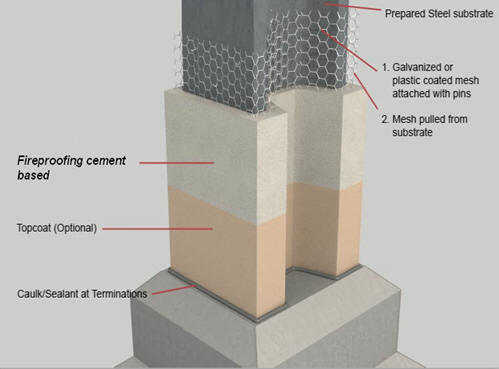
The cementitious fireproofing systems are lightweight products typically made with cement and vermiculite and sprayed with special plastering machines and approved and are generally reinforced with wire mesh and a specific TOPCOAT protected with a paint finish. They are premixed in bags and dosed water must be added on site and have a density of 650kg – 850kg per cubic meter and they have a very low thermal conductivity (lambda). They allow to isolate the steel sections or structure for a period of up to 4 hours of fire resistance for both hydrocarbon pool fire and jet fire.
They also apply to the protection of GPL storage tanks. Depending on the size of the metal profile to be coated, the cement coatings are applied according to the “SOLID FILL” method, which means full filling of the cavities of the profile and always with the same fireproofing material or according to the “PROFILED” method, this means following the perimeter of the metal profile to be protected.
Usually they require a special primer as “keycoat” to ensure perfect adhesion on steel surfaces. Applied to a minimum practical thickness of 30 mm to 60 mm have lower thicknesses than conventional concrete and do not require molding for installation. Systems cement-vermiculite (cement ligth) in case of fire does not have the dangerous phenomenon of SPALLING, however present in the traditional CLS.
